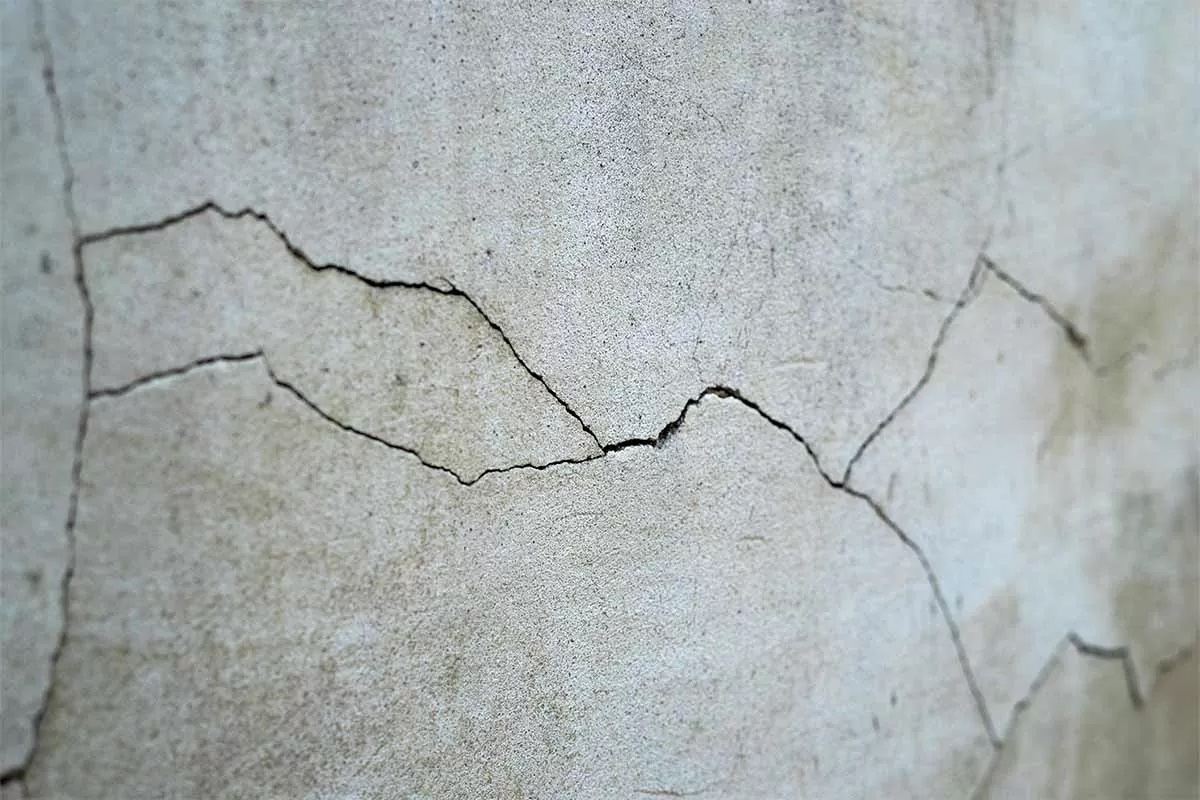

Articles
When To Worry About Cracks In Basement Walls
Modified: September 1, 2024
Read informative articles about cracks in basement walls and learn when to worry. Protect your home's foundation with expert advice.
(Many of the links in this article redirect to a specific reviewed product. Your purchase of these products through affiliate links helps to generate commission for Storables.com, at no extra cost. Learn more)
Introduction
Welcome to our comprehensive guide on cracks in basement walls. If you own a home with a basement, you may have encountered the unsettling sight of cracks in your basement walls. While cracks in basement walls are relatively common, they can vary in severity and indicate underlying structural issues that should not be overlooked.
In this article, we will explore the common causes of cracks in basement walls, discuss the types of cracks you may encounter, and help you understand when to be concerned about them. We will also highlight the importance of addressing these cracks promptly, providing some DIY solutions for minor cracks and explaining when it’s best to seek professional help for major cracks.
Before we dive into the various aspects of cracks in basement walls, it’s important to note that this guide is meant to provide information and general advice. If you are unsure about the severity of the cracks or their underlying causes, it is always best to consult with a professional who can assess your specific situation and recommend the most appropriate course of action.
Now, let’s delve into the world of cracks in basement walls, uncovering the mysteries behind their appearance and understanding the potential dangers they may pose.
Key Takeaways:
- Addressing cracks in basement walls promptly is crucial for preserving the structural integrity of your home, preventing water intrusion, and safeguarding its long-term value. DIY solutions can help for minor cracks, but professional assessment is essential for major cracks.
- Recognizing signs of concern, such as widening cracks, horizontal crack formations, and visible wall displacement, is vital in determining when to seek professional help for major cracks. Engaging experts ensures accurate assessment, specialized repair techniques, and long-term structural stability.
Read more: When To Worry About Cracks In Interior Walls
Common Causes of Cracks in Basement Walls
Cracks in basement walls can occur for various reasons. Understanding these common causes can help you identify the underlying issue and take appropriate action. Here are some of the most frequent culprits:
- Settlement of the foundation: The settling of the foundation can lead to cracks in the basement walls. This occurs when the soil beneath the foundation shifts or compresses, causing the walls to crack. Common causes of foundation settlement include changes in soil moisture, poor soil compaction during construction, or the natural aging of the building.
- Hydrostatic pressure: Hydrostatic pressure refers to the pressure exerted by water against the basement walls. When the soil surrounding the foundation becomes saturated with water, it exerts significant pressure on the walls, leading to cracks. This is particularly common in areas with poor drainage or when heavy rainfall or melting snow occurs.
- Expanding or contracting soil: Soil that expands and contracts with changes in moisture content can place stress on basement walls, causing them to crack. This phenomenon is especially prevalent in regions with clay or expansive soil. As the soil absorbs water, it swells, pushing against the walls. Conversely, during dry periods, the soil contracts, relieving the pressure and potentially causing the walls to crack.
- Improper construction: Cracks in basement walls can also result from poor construction practices. Insufficient reinforcement, improper concrete mix ratios, inadequate drainage, or improper curing can weaken the walls and make them susceptible to cracking. These issues are often more common in older homes or those built without adherence to modern construction standards.
- Freezing and thawing cycles: In regions with cold climates, freezing and thawing cycles can contribute to cracks in basement walls. Water that seeps into tiny cracks during warm months can freeze in winter, expanding and exerting pressure on the walls. This repeated cycle of freezing and thawing can worsen existing cracks or create new ones.
It’s important to note that these causes are not mutually exclusive and multiple factors can contribute to the formation of cracks in basement walls. By identifying the cause, you can determine the appropriate measures to address the issue and prevent further damage.
Types of Cracks in Basement Walls
Cracks in basement walls come in various forms, each with its own characteristics and potential implications. Understanding the different types of cracks can help you assess the severity of the issue and determine the best course of action. Here are some common types of cracks you may encounter:
- Vertical cracks: Vertical cracks in basement walls are the most common type and typically run straight up and down. These cracks may be a result of normal settling of the foundation or changes in the soil around the walls. Vertical cracks that are less than 1/8 inch wide are generally considered to be less severe, while wider cracks may indicate more significant issues.
- Horizontal cracks: Horizontal cracks in basement walls are more concerning than vertical cracks as they can signify structural issues. These cracks typically occur due to pressure from the soil against the walls or the hydrostatic pressure caused by excess water. Horizontal cracks should be evaluated by a professional as they may indicate foundation instability or lateral movement.
- Diagonal cracks: Diagonal cracks in basement walls usually appear at a 45-degree angle and can be a cause for concern. These cracks may develop from foundation settlement, shifting soil, or excessive pressure. The severity of diagonal cracks depends on their width, length, and whether they are widening over time.
- Stair-step cracks: Stair-step cracks in basement walls resemble a series of horizontal and vertical cracks that intersect, resembling the steps of a staircase. These cracks are often a sign of foundation movement or structural stress. If you notice stair-step cracks, especially if they are widening or accompanied by other signs of foundation issues, it’s crucial to consult with a professional for a thorough assessment.
- Leaning or bulging walls: When your basement walls appear to be leaning or bulging inward or outward, it indicates more significant problems with the foundation or the structural integrity of the walls. This can result from factors such as excessive hydrostatic pressure, soil movement, or insufficient reinforcement during construction.
Keep in mind that the severity and implications of a crack can vary based on its type, length, width, and progression. It’s always recommended to seek the guidance of a professional to accurately assess the condition of your basement walls and determine the necessary steps to address the issue.
Signs of Concern
While the presence of cracks in basement walls is not uncommon, certain signs can indicate more severe issues that require immediate attention. It’s essential to be aware of these signs of concern to safeguard the structural integrity of your home and prevent further damage. Here are some signs to look out for:
- Cracks widening or growing: If you notice cracks in your basement walls that are getting wider over time or increasing in length, it’s a clear indication that the problem is progressing. This could suggest ongoing movement or structural instability, requiring immediate professional assessment.
- Horizontal cracks: As mentioned earlier, horizontal cracks in basement walls are typically more concerning than vertical cracks. These cracks can signal significant pressure against the walls or potential foundation issues. If you see horizontal cracks, it’s crucial to have them evaluated by a professional promptly.
- Multiple cracks or patterns: Pay attention to the presence of multiple cracks or patterns on your basement walls. Cracks that form a pattern or intersect in a specific way can indicate more complex structural problems that require professional attention.
- Cracks accompanied by water leakage: If you notice cracks in combination with water seepage or signs of moisture such as mold or mildew growth, it suggests a compromised waterproofing system. This can exacerbate the structural issues and potentially lead to further damage if left unaddressed.
- Visible displacement or movement: If you observe any visible movement, such as wall leaning, bulging, or shifting, it signifies a severe issue with the foundation or walls. This can result in significant structural instability and should be addressed urgently by professionals.
It’s important to remember that these signs of concern should not be ignored, as they can lead to more severe structural damage and pose risks to the safety of your home. Consulting with a qualified professional who specializes in foundation issues is crucial to accurately assess the situation and provide appropriate solutions to mitigate any further damage.
When to Worry About Cracks in Basement Walls
When it comes to cracks in basement walls, it’s important to distinguish between minor cosmetic cracks and more significant structural issues that require immediate attention. While not all cracks are cause for alarm, there are certain indications that should prompt you to be concerned. Here are some factors to consider:
- Size and width of the cracks: Generally, minor cracks that are less than 1/8 inch in width are considered less severe and may be attributed to normal settling or minor shifts in the foundation. However, if the cracks are wider than 1/4 inch, it is advisable to have them examined by a professional.
- Progression of the cracks: If you notice that the cracks in your basement walls are widening or growing longer, this indicates an ongoing issue that requires prompt attention. Progressive cracks suggest ongoing movement or structural instability and should not be ignored.
- Presence of other warning signs: Pay attention to other signs of concern such as water leakage, mold or mildew growth, noticeable movement or displacement of the walls. These signs, combined with cracks in basement walls, could suggest a more significant underlying problem that requires immediate action.
- Location of the cracks: The location of the cracks can also provide insights into their severity. Cracks near the corners of windows or doors, where there may be additional stress on the walls, may indicate more substantial structural issues.
- Structural impact: Consider the potential impact of the cracks on the overall stability and safety of your home. If cracks are causing significant structural damage or compromising the integrity of the walls, it is crucial to address the issue promptly to prevent any further damage or potential collapse.
It’s important to remember that while minor cracks may not necessarily require immediate action, it’s always better to err on the side of caution. Consulting with a professional specializing in foundation issues can provide a thorough assessment and help determine the appropriate steps to address the cracks in your basement walls.
Ultimately, the decision of when to worry about cracks in basement walls depends on a combination of factors, including the size, progression, and presence of other signs of concern. By proactively addressing the cracks and seeking professional advice, you can ensure the long-term stability and safety of your home.
If you notice horizontal cracks in your basement walls, especially if they are wider than a quarter inch, it’s time to consult a professional to assess the structural integrity of your foundation.
Importance of Addressing Cracks in Basement Walls
Addressing cracks in basement walls, whether minor or severe, is crucial for the overall stability and safety of your home. Ignoring these cracks can lead to a host of problems that can worsen over time and potentially result in costly repairs. Let’s explore the importance of addressing cracks in basement walls:
- Structural integrity: Cracks in basement walls can weaken the structural integrity of your home. They can compromise the stability of the foundation, leading to further movement and potential collapse. By addressing these cracks promptly, you can prevent more extensive damage and ensure the long-term safety of your property.
- Prevention of water intrusion: Cracks in basement walls serve as entry points for water infiltration. If left unaddressed, water can seep into your basement, causing moisture-related issues such as mold growth, wood rot, and damage to belongings. Fixing the cracks can help prevent water intrusion and subsequent water damage to your home.
- Prevention of further damage: Even minor cracks can widen over time, especially if the underlying issue is not addressed. This can lead to more severe damage, including shifting walls, compromised structural elements, and additional cracks in the foundation or other areas of your home. By addressing the cracks early on, you can prevent further damage and avoid more extensive repairs in the future.
- Preservation of property value: A structurally sound home with well-maintained basement walls holds a higher market value. By promptly addressing cracks in basement walls, you protect your investment and ensure that potential buyers or appraisers don’t see these cracks as red flags. Taking care of these issues demonstrates your commitment to maintaining your property’s value.
- Peace of mind: Dealing with cracks in basement walls can cause anxiety and stress. By taking the necessary steps to address these issues, you can regain peace of mind, knowing that your home is safe, stable, and protected from potential structural problems.
Addressing cracks in basement walls is not only an investment in your home’s long-term integrity but also in your peace of mind. Whether the cracks are minor or severe, seeking professional advice and taking appropriate action is vital to ensure a safe and stable living environment.
Remember, it’s always better to address the cracks early on rather than waiting for them to worsen. Engaging the help of a qualified professional can provide you with a thorough assessment of the situation and recommend the most suitable solutions to address the cracks and prevent any further damage to your home.
DIY Solutions for Minor Cracks
If you have identified minor cracks in your basement walls, you may be able to address them yourself with some simple do-it-yourself (DIY) solutions. These solutions are best suited for small, non-structural cracks. However, it’s important to note that if you are unsure about the severity of the cracks or lack the necessary expertise, it’s always advisable to consult with a professional. Here are some DIY solutions for minor cracks in basement walls:
- Epoxy or polyurethane injections: Epoxy or polyurethane injections are commonly used to repair and seal small cracks. These materials can effectively fill the cracks, providing a durable and watertight seal. Follow the manufacturer’s instructions to apply the epoxy or polyurethane, making sure to thoroughly clean and prep the crack beforehand.
- Crack sealants: There are various crack sealants available in the market designed specifically for repairing minor cracks in basement walls. These sealants typically come in a cartridge that can be easily applied using a caulk gun. Clean the crack, apply the sealant according to the manufacturer’s instructions, and smooth it over with a putty knife.
- Concrete patching compound: For slightly wider cracks, you can use a concrete patching compound. These compounds are easy to mix and apply, providing a strong bond to fill the crack. Clean the crack, moisten it with water, and apply the patching compound with a trowel. Smooth it out and allow it to dry as per the manufacturer’s instructions.
- Reinforcing with carbon fiber strips: In cases where you want to reinforce the cracked area, you can use carbon fiber strips. These strips are strong and help prevent further crack widening. Apply a layer of epoxy to the crack, place the carbon fiber strip over it, and then apply another layer of epoxy to secure it. This DIY solution helps add strength to the cracked area.
- Monitor and maintain: After applying any DIY solution, it’s important to monitor the repaired area for any signs of further cracking or movement. Regularly inspect the walls to ensure that the cracks are not widening or causing any additional issues. It’s also essential to address any underlying causes, such as improving drainage or fixing leaks, to prevent future cracks from forming.
While these DIY solutions can be effective for minor cracks, it’s crucial to assess the severity of the cracks and your comfort level with DIY repairs. If you’re unsure or if the cracks are more significant, it’s best to seek professional assistance. A professional can provide a thorough evaluation, recommend the appropriate repairs, and ensure the long-term stability of your basement walls.
Seeking Professional Help for Major Cracks
When it comes to major cracks in your basement walls, it is highly recommended to seek professional help. Major cracks are typically indicative of more severe structural issues that require the expertise and knowledge of a qualified professional. Here are some reasons why you should seek professional assistance for major cracks:
- Accurate assessment: Professionals have the experience and expertise to accurately assess the severity and underlying causes of major cracks. They can identify whether the cracks are a symptom of foundation movement, hydrostatic pressure, or other structural issues. A professional assessment provides valuable insights into the root causes of the cracks and helps determine the most appropriate course of action.
- Specialized repair techniques: Major cracks often require specialized repair techniques that may not be suitable for DIY solutions. Professionals have access to advanced tools, materials, and repair methods to effectively address the underlying issues and stabilize the walls. Their expertise ensures that the repairs are done correctly, minimizing the risk of further damage or recurrence of cracks.
- Prevention of further damage: Major cracks can lead to more significant structural damage if left unaddressed. By seeking professional help, you can prevent the cracks from worsening and causing additional problems. Professionals can identify any associated issues, such as foundation instability or water drainage problems, and address them comprehensively to mitigate further damage and ensure the long-term stability of the walls.
- Insurance and warranty considerations: In some cases, professional repairs may be necessary to fulfill insurance requirements or maintain warranties. Insurance providers or warranty providers often require licensed professionals to handle major structural repairs to ensure quality workmanship and compliance with their terms and conditions. By involving professionals, you can avoid any potential issues with insurance claims or warranty coverage.
- Peace of mind: Engaging the services of a professional gives you peace of mind in knowing that experts are handling the repairs. Professionals will provide you with clear explanations of the issues, the proposed solutions, and the expected outcomes. This professional guidance alleviates any uncertainties and concerns you may have about the structural stability of your home.
Remember, major cracks in basement walls are not something to be taken lightly. Seeking professional help is crucial to ensure the safety and stability of your home. Professional contractors specializing in foundation repair and structural issues will have the knowledge, experience, and tools to assess the situation accurately and provide effective solutions to address major cracks.
By entrusting the repair work to professionals, you can have confidence in the integrity and long-term durability of the repairs, allowing you to enjoy your home without worry or compromise.
Conclusion
Cracks in basement walls are a common issue that many homeowners encounter. While minor cracks may be harmless, major cracks can indicate more severe structural problems that should not be ignored. Understanding the causes and types of cracks, as well as the signs of concern, is important in determining when to take action.
Addressing cracks in basement walls is crucial for maintaining the structural integrity, preventing further damage, and safeguarding the value of your home. DIY solutions can be effective for minor cracks, but it’s important to know when to seek professional help. Major cracks require the expertise of professionals who can accurately assess the situation, utilize specialized repair techniques, and address any underlying issues that may contribute to the cracks.
By addressing cracks in basement walls promptly and appropriately, you can ensure the long-term stability and safety of your home. Regular inspections, proactive maintenance, and addressing any signs of concern are vital in preventing more extensive damage and costly repairs down the line.
Remember, it is always recommended to consult with a professional if you are uncertain about the severity of the cracks or lack the necessary expertise. A professional assessment provides peace of mind and ensures that the necessary repairs are performed by trained experts who can address the underlying causes and minimize the risk of recurrence.
Don’t ignore cracks in your basement walls. Take the necessary steps to understand the severity of the issue, seek professional advice when needed, and address the cracks in a timely manner. By doing so, you can protect your home, preserve its value, and ensure a safe living environment for you and your family.
Frequently Asked Questions about When To Worry About Cracks In Basement Walls
Was this page helpful?
At Storables.com, we guarantee accurate and reliable information. Our content, validated by Expert Board Contributors, is crafted following stringent Editorial Policies. We're committed to providing you with well-researched, expert-backed insights for all your informational needs.
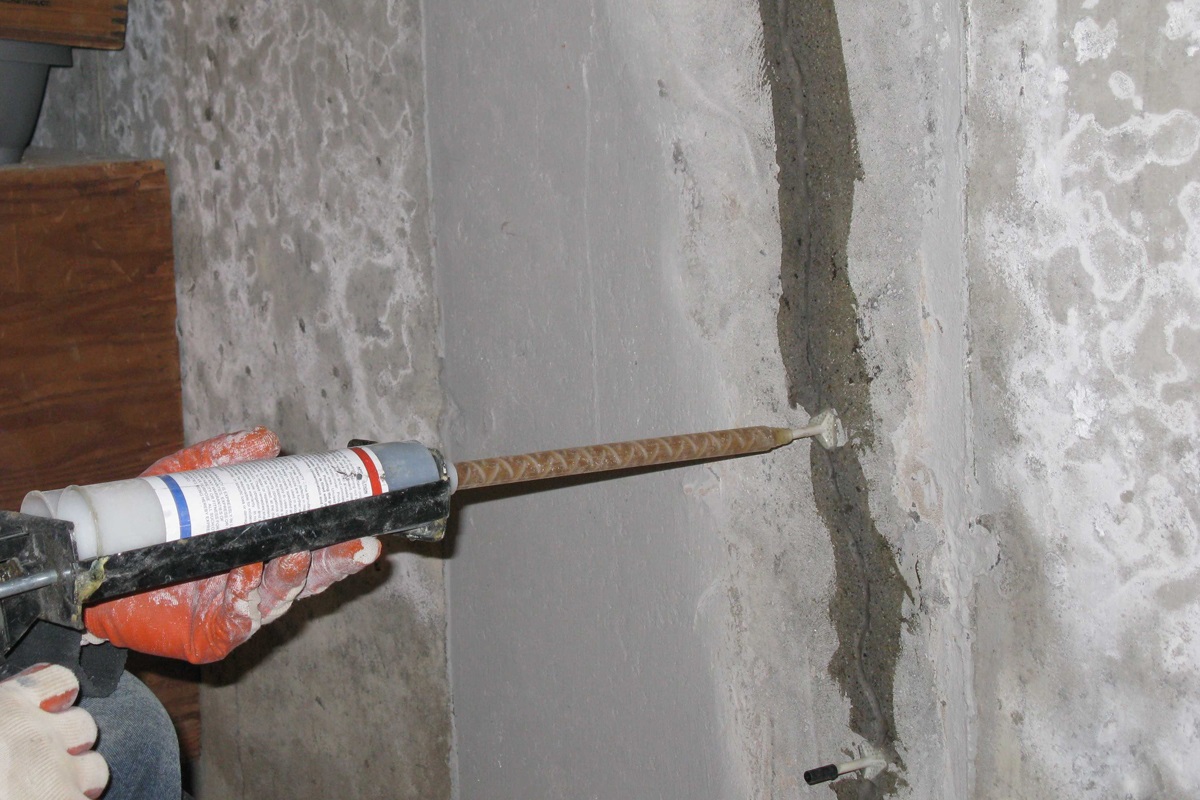
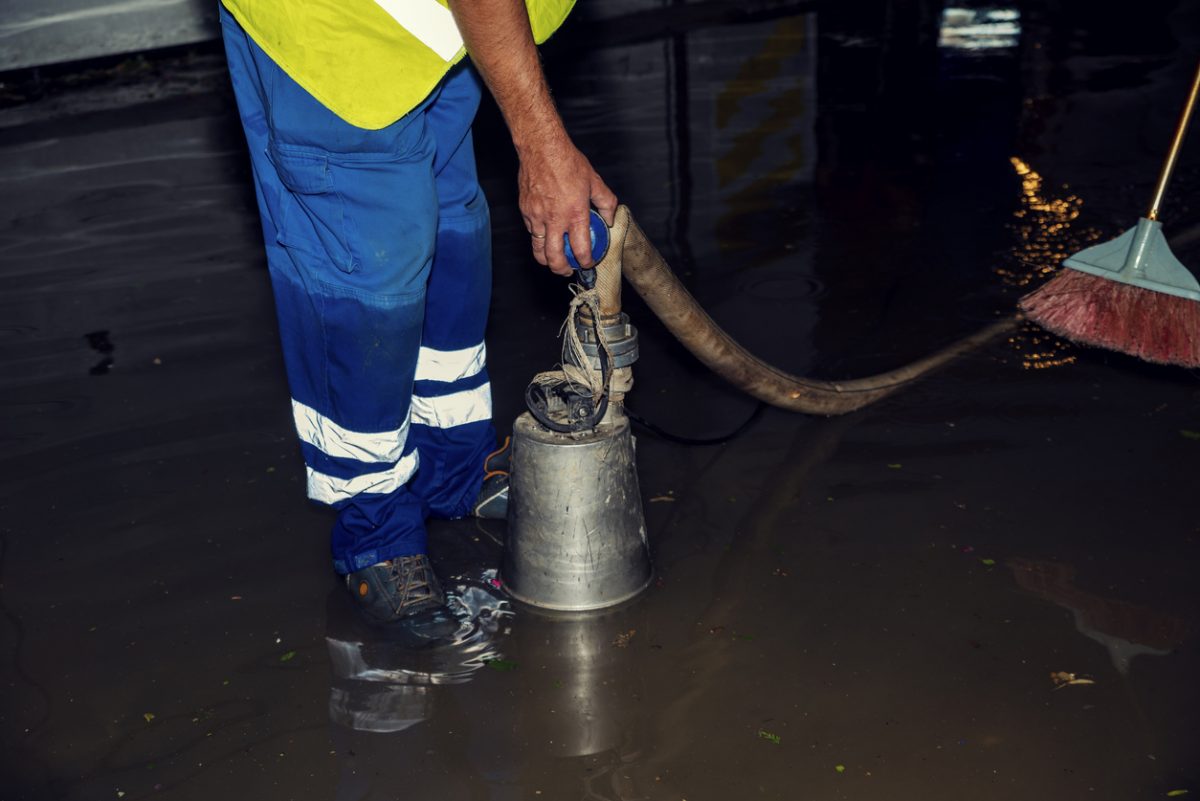
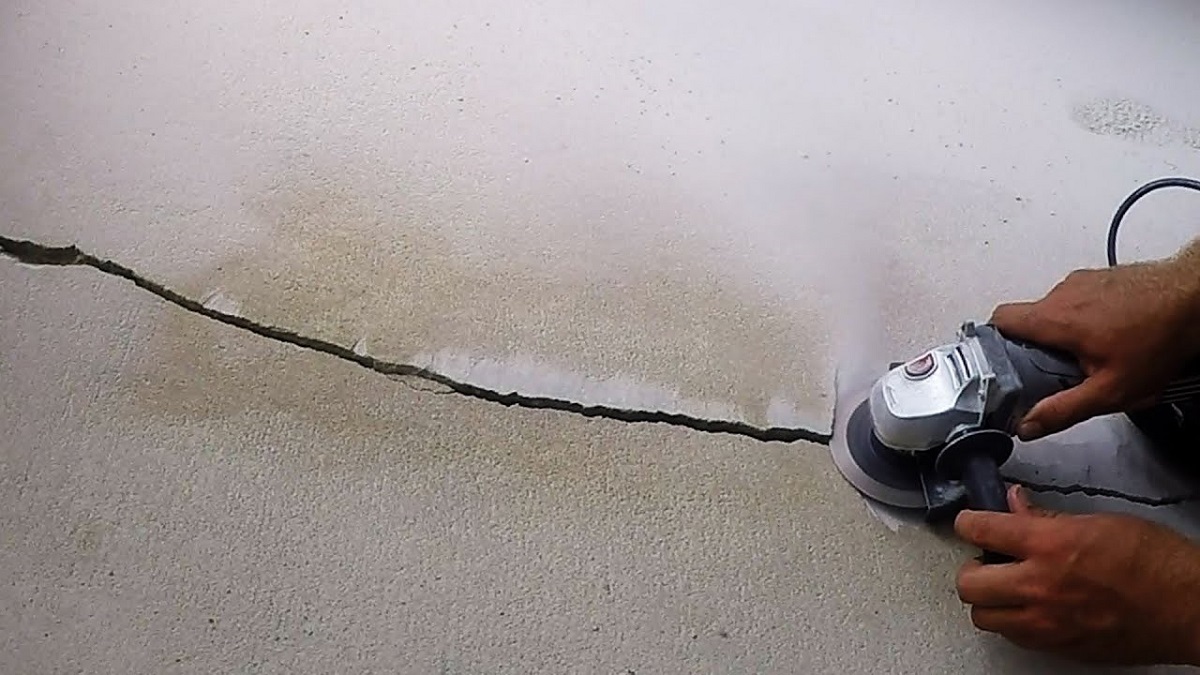
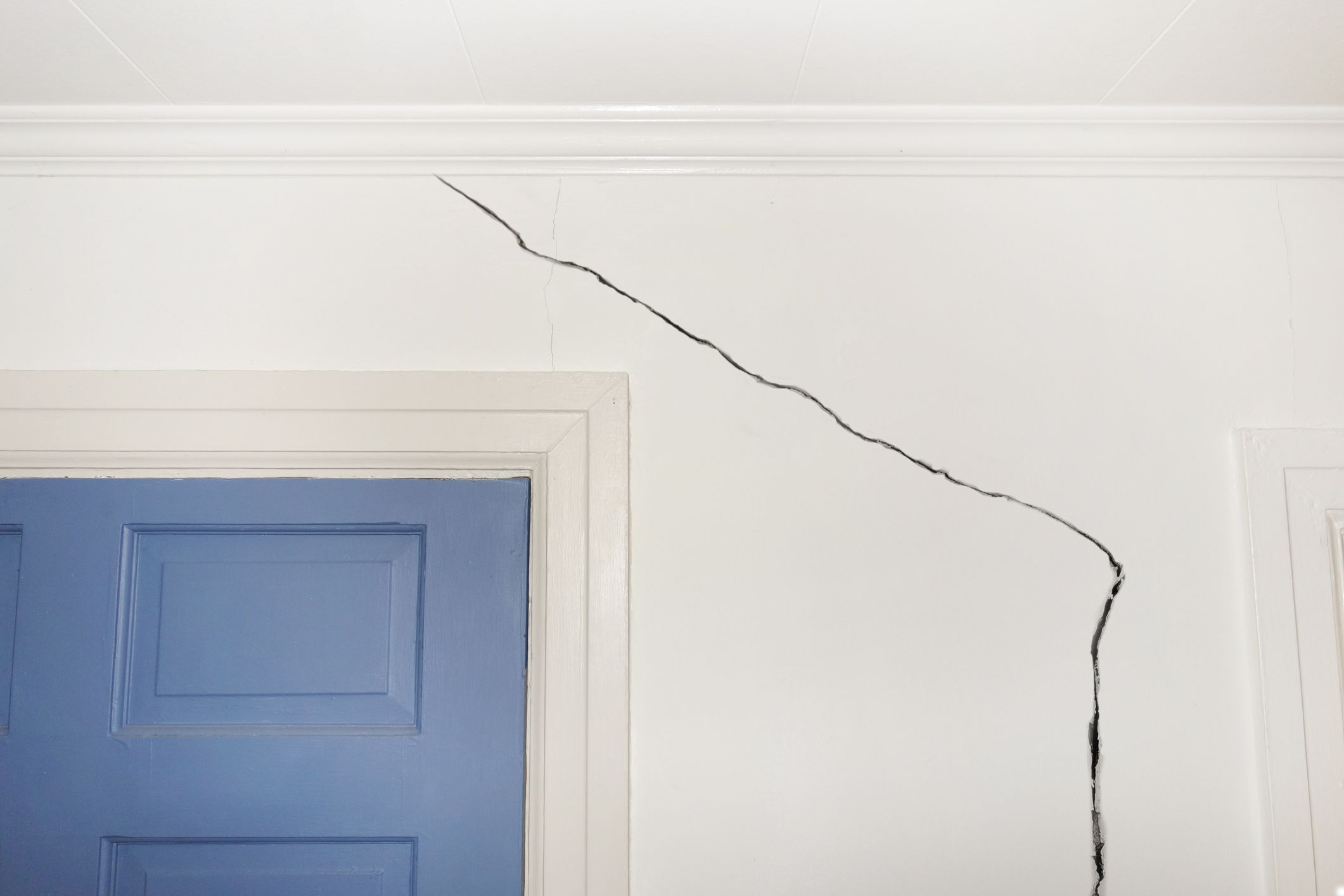
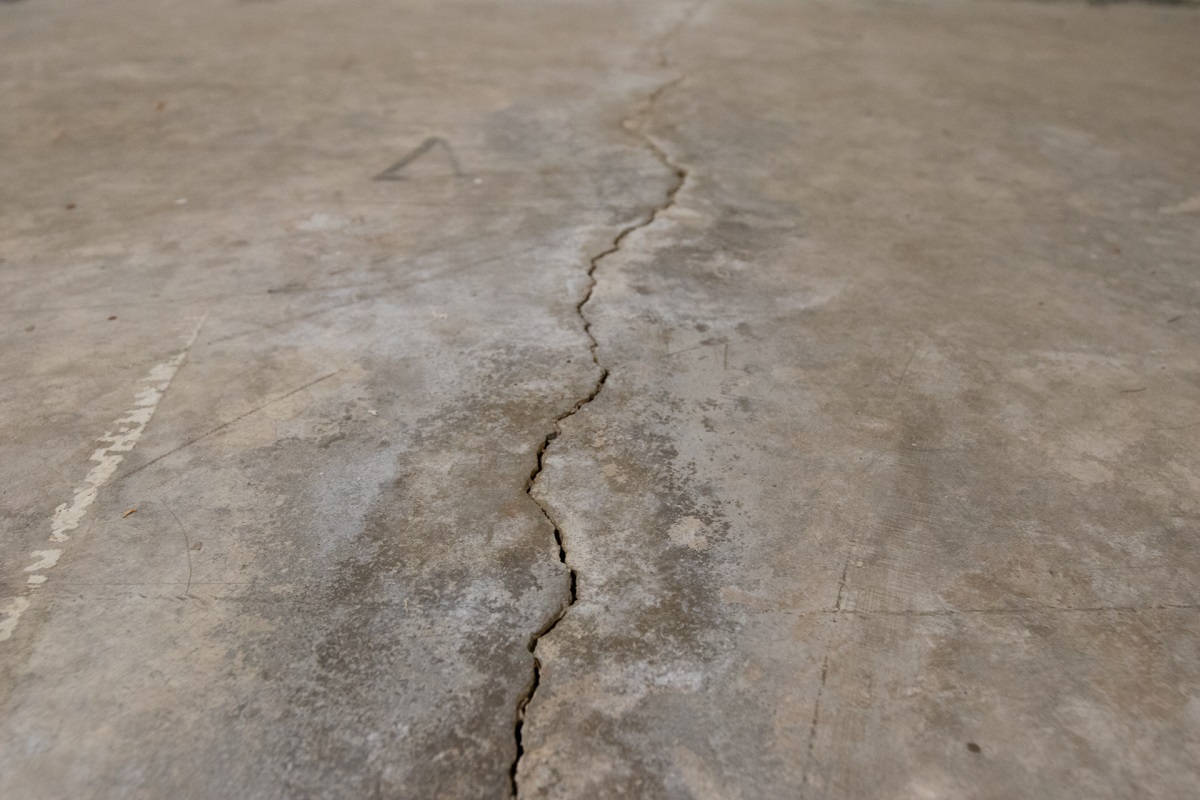
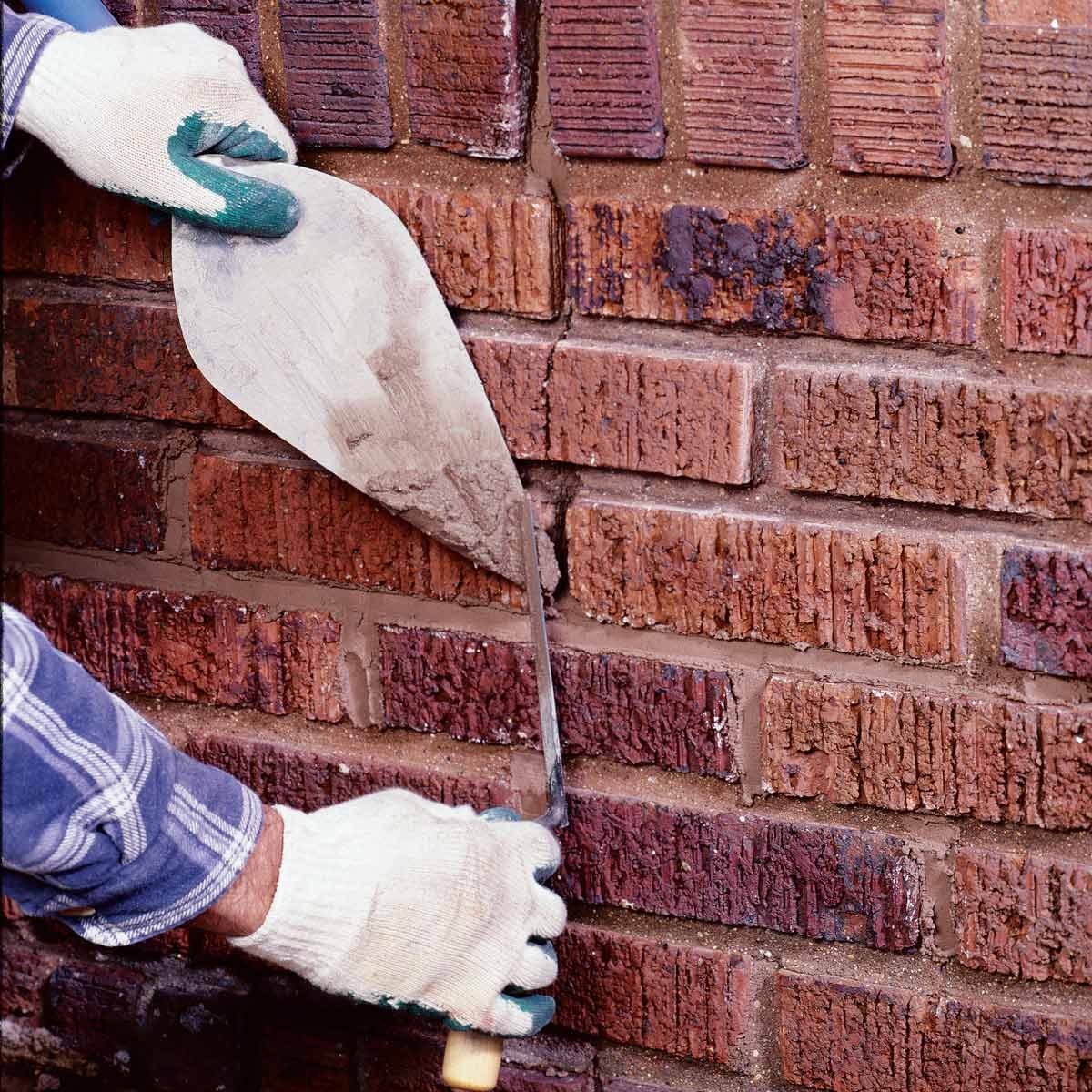
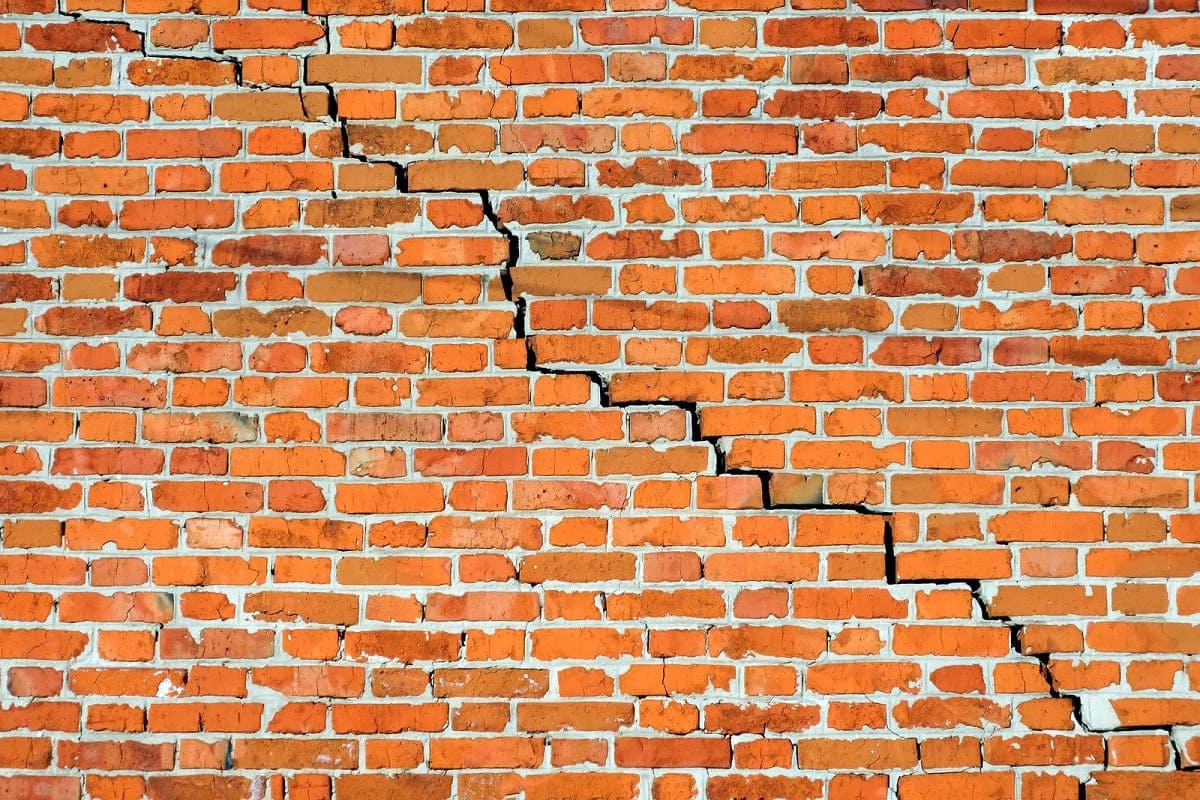

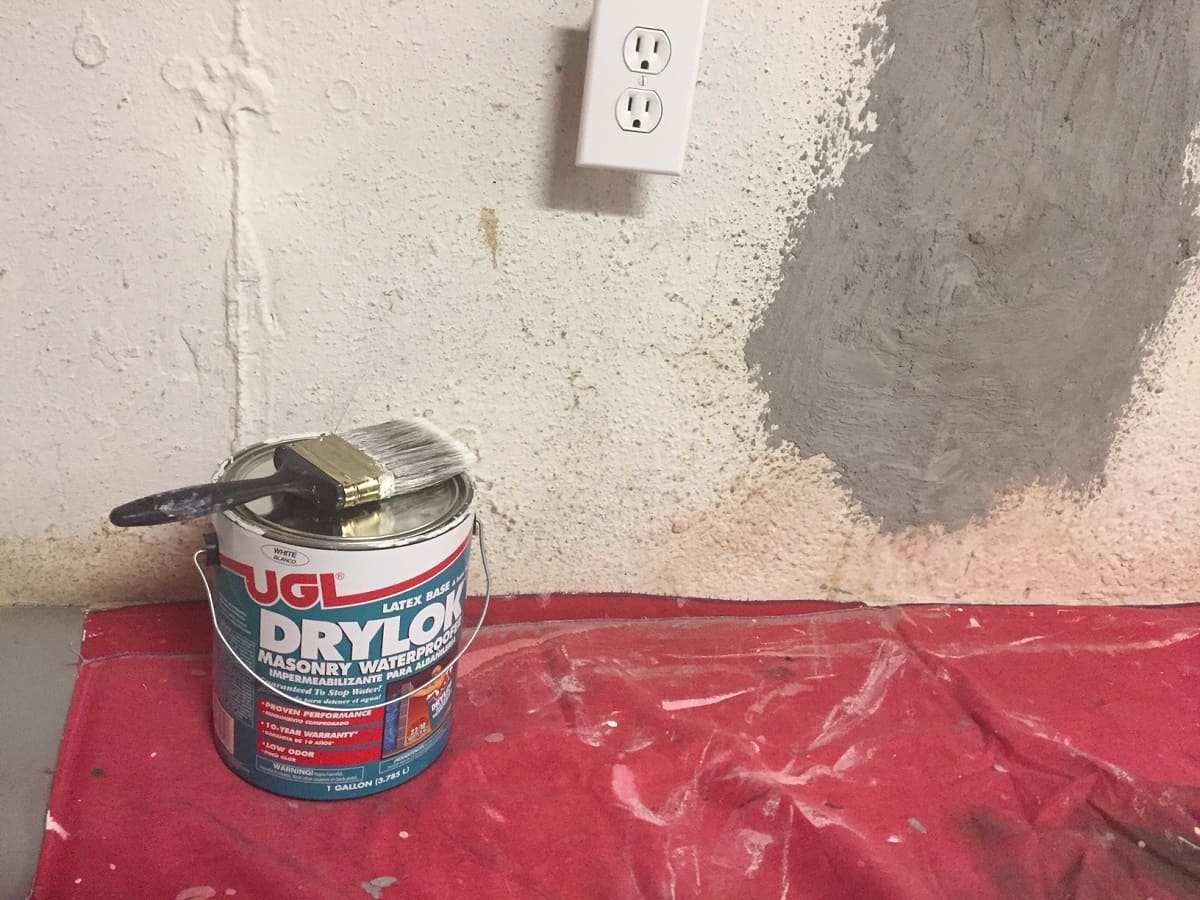

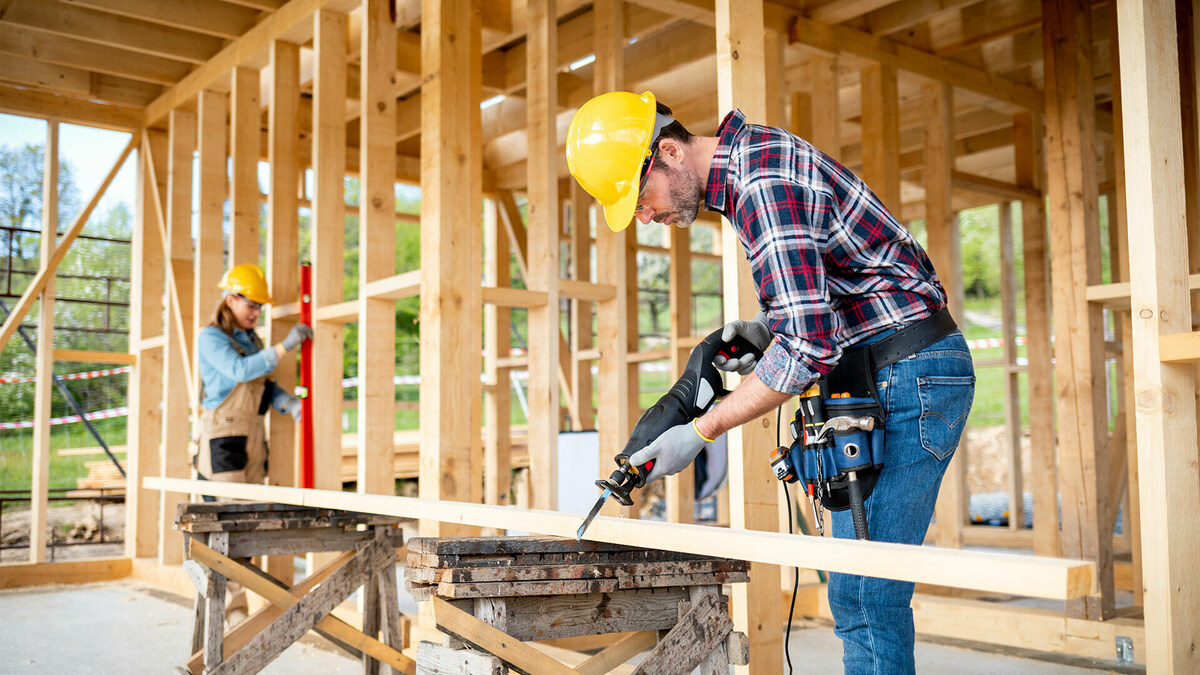
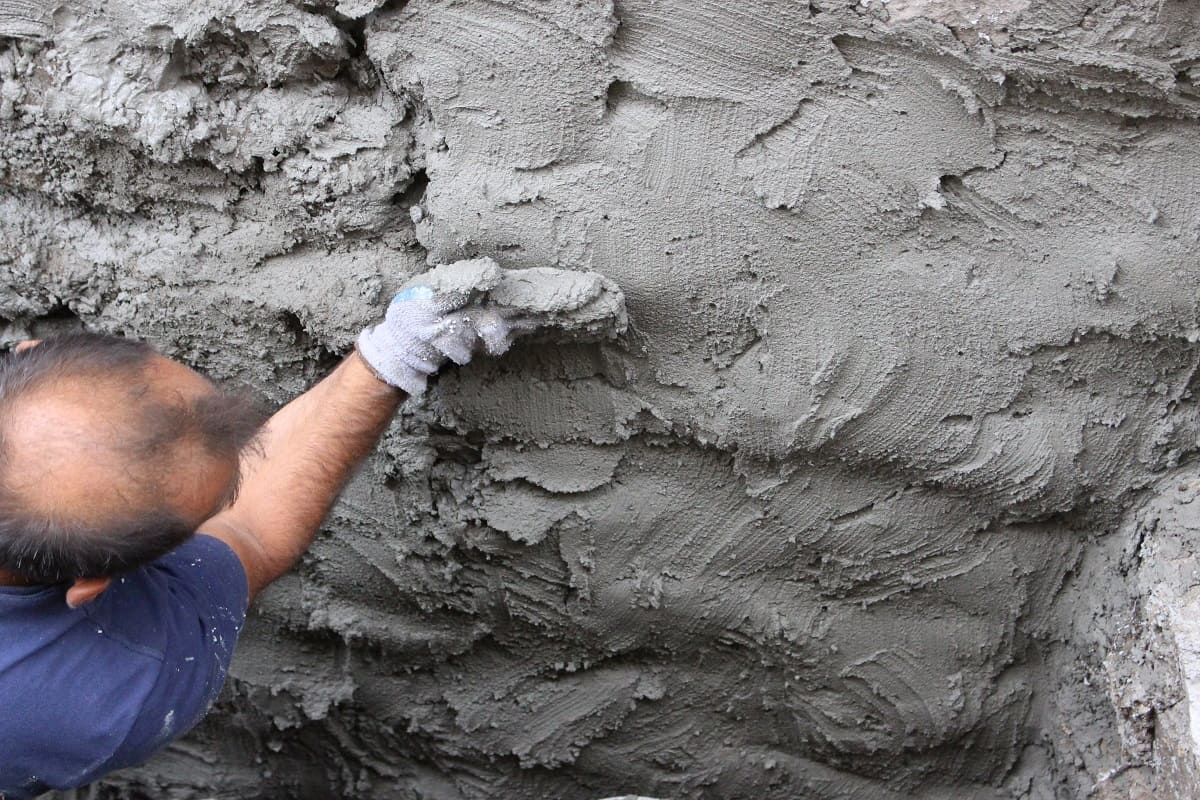

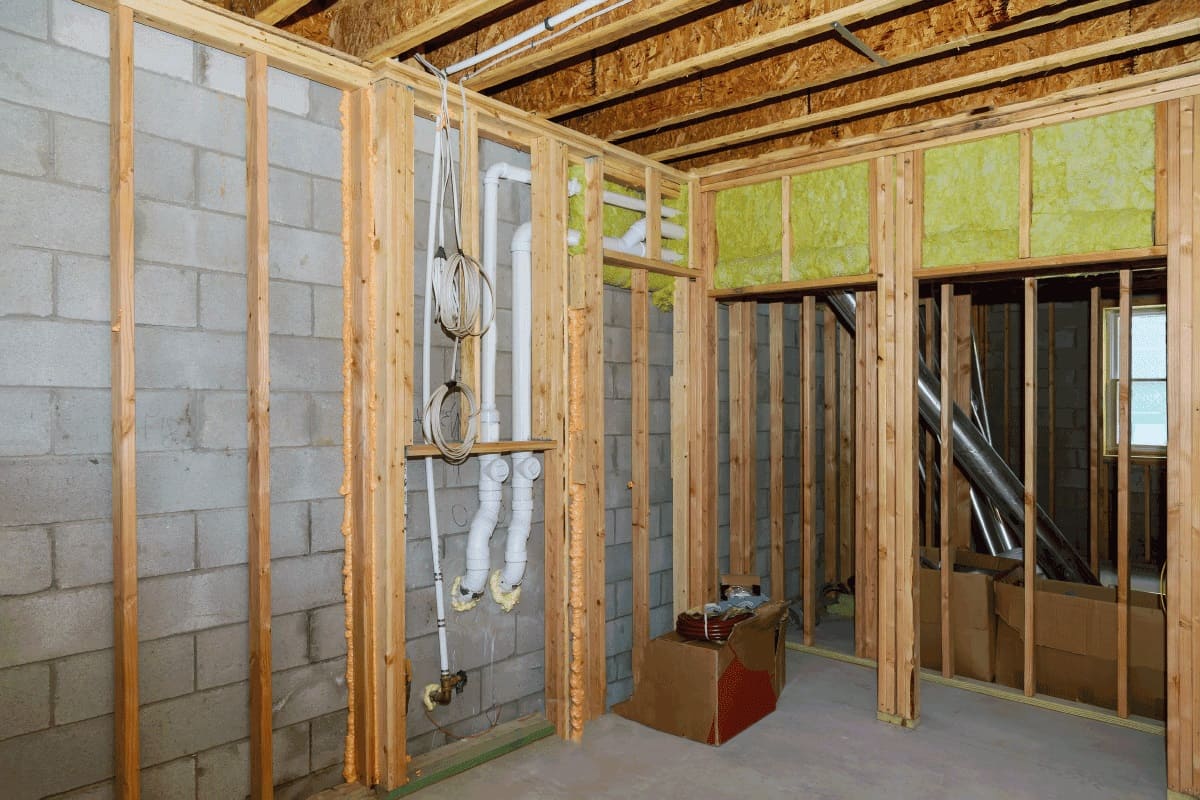

0 thoughts on “When To Worry About Cracks In Basement Walls”